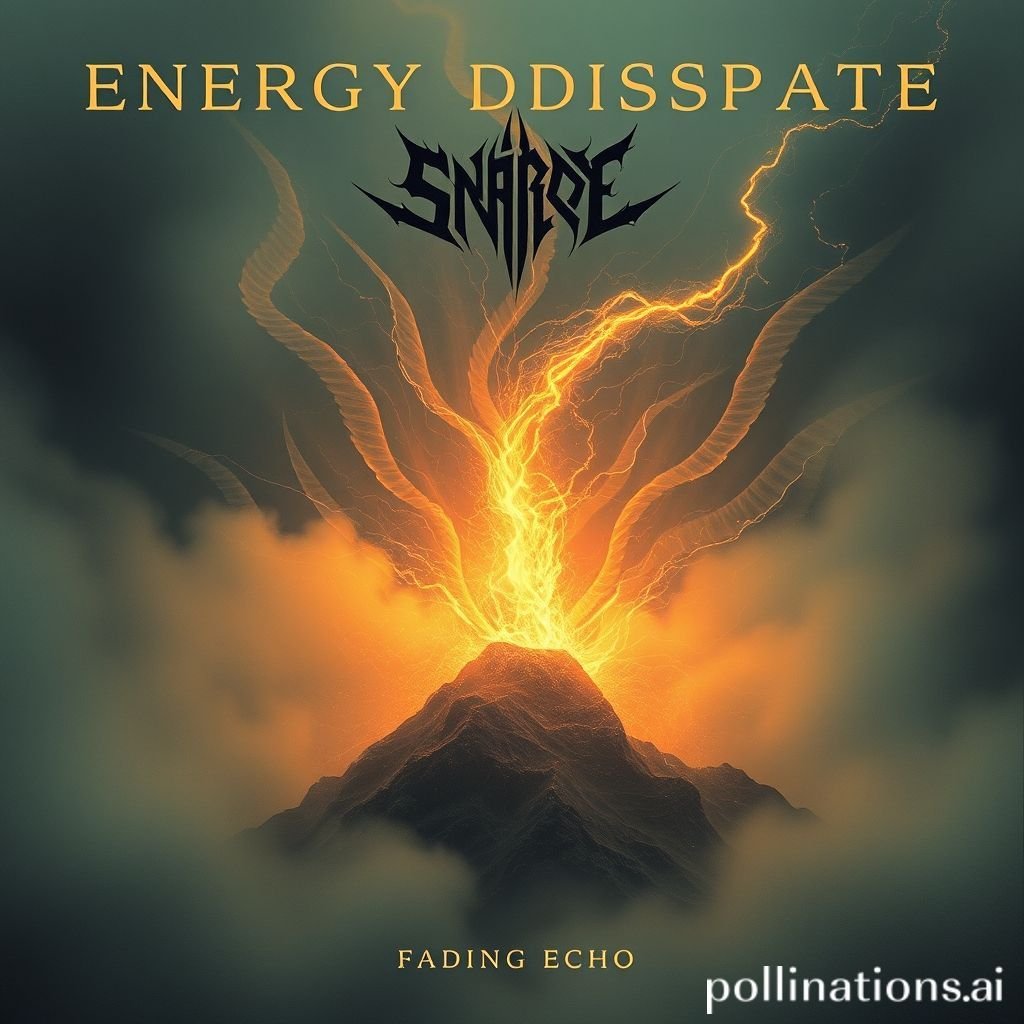Dynamic Glide Whoosh: Crafting Immersive Soundscapes
Discover the magic of a perfectly placed whoosh sound. This crucial audio effect elevates any scene. A well-designed whoosh adds realism and impact. It creates a sense of speed and movement. Understanding the nuances of a whoosh is vital for sound designers.
Applications in Media
The versatile whoosh sound is a cornerstone of media production. It enhances user experience and storytelling. From subtle interface feedback to grand cinematic effects, the whoosh performs many roles. This key sound supports visual cues beautifully. Its presence guides audience attention.
Industry-Specific Uses
In video games, a whoosh often signifies swift character movement. Think about a ninja’s quick dash or a sword swing. A powerful whoosh can mark a spell casting. User interface (UI) elements also benefit greatly. A UI whoosh confirms a selection or transition. These quick audio effects make interactions feel responsive. Similarly, animation uses a whoosh to depict rapid motion. A character flying or an object zooming past uses this effect. It provides an auditory bridge between visual frames. The right whoosh can make an ordinary scene feel dynamic.
Creative Techniques
Sound designers employ many creative techniques for the whoosh. They can vary its length and pitch. A short, sharp whoosh suggests a small, fast object. A long, sustained whoosh indicates a larger, slower movement. Adding reverb transforms a dry whoosh into an ethereal sound. This gives it a magical quality. Subtle panning creates a sense of spatial movement. Imagine a whoosh moving from left to right. This guides the listener's ear across the screen. These techniques ensure the whoosh fits the specific narrative need.
Technical Analysis
Understanding the technical characteristics of a whoosh is essential. It allows for precise sound design. A good whoosh is more than just wind noise. It is a carefully sculpted audio event. Its properties dictate its perceived impact.
Waveform Characteristics
A typical whoosh waveform shows a distinct shape. It starts with a sharp attack. This is followed by a rapid decay. The amplitude often rises quickly then falls off. This creates a transient, burst-like sound. Visualizing the waveform helps designers. It allows for precise editing. A smooth glide in amplitude is common. This helps convey seamless movement. A jagged waveform might sound abrupt or unnatural. The smoothness of the whoosh matters.
Frequency Profile
The frequency profile of a whoosh is critical. It usually features a wide frequency sweep. This means it moves from low frequencies to high frequencies. Or it can move the other way. This sweep is what gives the whoosh its characteristic "swoosh" quality. A low-frequency whoosh feels heavy and impactful. A high-frequency whoosh feels light and airy. Adjusting the EQ can change its character significantly. A magical whoosh might have shimmering high frequencies. A fast whoosh usually emphasizes the mid-to-high range.
Production Tips
Creating compelling whoosh sound effects requires skill. Both recording and software play crucial roles. Following best practices ensures high-quality results.
Recording & Editing
High-quality recordings are the foundation. Use a good microphone. Point it at various surfaces. Swishing fabric, waving sticks, or even blowing air can create source material. Experiment with proximity to the mic. Editing involves shaping these raw recordings. Trim unnecessary parts. Apply fades for smooth starts and ends. EQ out unwanted noise. Pitch shifting can change the character of a whoosh. For example, lowering the pitch can make a light whoosh sound heavy. A precise whoosh needs careful handling.

Software Tools
Digital Audio Workstations (DAWs) are indispensable. Programs like Ableton Live, Logic Pro, or Pro Tools offer robust editing. Plugins are vital for shaping the whoosh. Reverb adds space and depth. Delay can create a rhythmic whoosh. Pitch shifters and time stretchers alter the core sound. Filters can refine the frequency sweep. Mastering tools ensure the whoosh sits well in the mix. Specialized audio effect plugins can also generate unique variations of a whoosh. These tools give designers immense control over the final sound sample.
Creative Implementation
Beyond basic creation, the implementation of a whoosh is an art. It involves layering and spatial techniques. These methods add depth and realism.
Layering Methods
Layering multiple whoosh sounds creates complexity. Combine a basic air whoosh with a metallic clang. This can create a sword swing whoosh. Adding a subtle magical element can enhance a spell effect. Mix a low-frequency rumble with a high-frequency whistle. This creates a powerful, fast, and multi-dimensional whoosh. Each layer adds a unique texture. The sum is greater than its parts. This approach allows for truly unique audio effect designs.
Spatial Effects
Spatial effects make a whoosh feel immersive. Panning creates side-to-side movement. Imagine a projectile flying past. Doppler effect plugins simulate speed and distance. As an object approaches, its pitch rises. As it passes and recedes, the pitch drops. This makes the whoosh feel like it's genuinely moving. Reverb and delay can place the whoosh in a specific acoustic space. A whoosh in a large cave sounds different from one in an open field. This attention to detail makes the soundscapes believable.
Sound Pack Integration
Pre-made sound packs offer convenience and quality. Integrating these sounds effectively maximizes their impact. Many high-quality whoosh sound effect packs are available. (Pro Sound Effects) often provides excellent resources.
Using with Other Sounds
A standalone whoosh is good, but a contextual whoosh is better. Combine a pre-made whoosh with other elements. A UI whoosh often pairs with a "tap" or "confirm" sound. For example, a UI Confirm Tap might lead into a smooth UI whoosh. This combination provides clear feedback. A weapon whoosh might follow a "draw" sound. Layering different elements from a pack creates cohesive audio. Use a gentle glide sound to transition.
Complete Collection
Many sound packs offer complete collections. These include various types of whoosh effects. You might find fast whoosh sounds. There could be magical whoosh options. Different lengths and intensities are often included. Having a diverse library of whoosh options is a massive advantage. It allows for quick iteration and flexible design. For comprehensive audio solutions, explore a full sound library. Get the full sound pack for comprehensive audio solutions. You can find Related whoosh sounds and many other useful audio assets there. This provides a vast array of whoosh options for any project.
FAQ Section
Q1: What is the primary purpose of a "whoosh" sound in media?
A whoosh sound primarily conveys movement, speed, or a transition. It adds impact and often signals a change in state or location. It helps immerse the audience.
Q2: How can I make a "whoosh" sound magical?
To make a whoosh magical, incorporate sparkling high frequencies or ethereal reverb. Layering a basic whoosh with chimes or airy textures creates this effect. A touch of delay also helps.
Q3: What's the difference between a "whoosh" and a "swoosh"?
Functionally, "whoosh" and "swoosh" are often interchangeable terms. Both describe a fast, sweeping air sound. Some might perceive "swoosh" as slightly softer or more fluid, while "whoosh" can imply more force. Both are essential audio effect types.
Q4: How does a "whoosh" contribute to game design?
A whoosh in game design provides crucial audio feedback. It indicates character abilities, UI navigation, or environmental changes. It makes actions feel responsive and enhances player immersion through movement cues.
Q5: Can I create a "whoosh" without specialized recording equipment?
Yes, basic whoosh sounds can be created with simple household items. Swishing a towel or blowing air into a basic microphone can yield usable samples. Software tools then help refine and transform these raw recordings into a proper whoosh.





